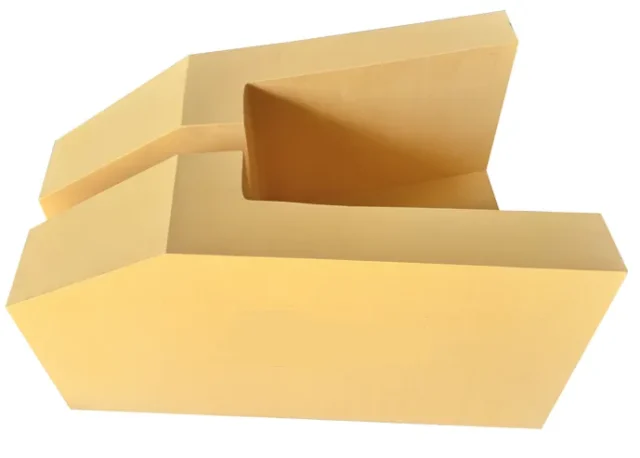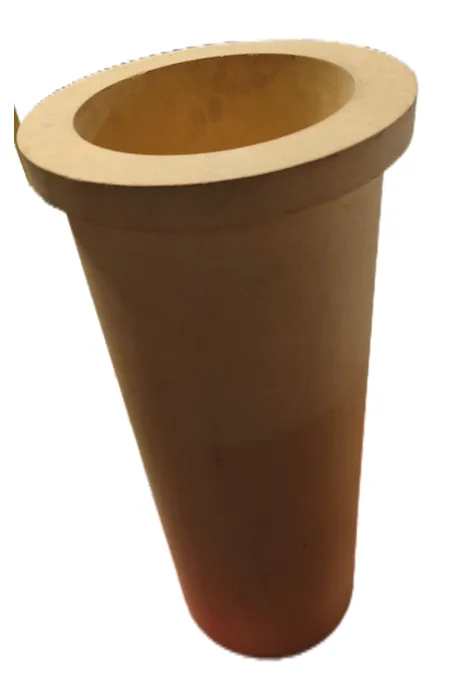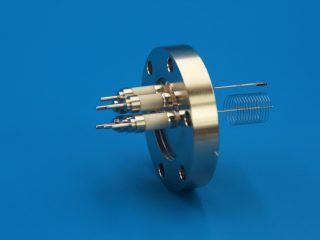Longer furnace life directly translates to lower glass manufacturing costs. Although fused-cast high-zirconia is considered one of the best materials for glass furnaces, its long delivery time and high price have hindered large-scale adoption. Furthermore, poor thermal shock resistance and industry-wide quality control issues have led to significant variations in performance and application outcomes.

A new series of large-size, 5.0 g/cm³ density fused high-zirconia bricks (free from silicon and sodium impurities) effectively addresses common challenges in glass furnace refractory applications. These bricks can withstand long-term operating temperatures up to 2000 °C and provide remarkable performance in environments containing sodium, boron, lead, fluorine, and other glass components, as well as in areas requiring high electrical resistivity.

Under operating conditions above 1550 °C, their lifespan is more than three times that of conventional furnace materials. With strong resistance to molten glass corrosion and erosion, and excellent reheat capability, these materials help extend the service life of glass furnaces, reduce operating costs, and minimize carbon emissions.

Innovacera has launched three types of high-zirconia bricks—MZ-A60, MZ-A80, and MZ-A90—each designed for specific applications and temperature environments in glass manufacturing.

Product Types
1. MZ-A60
Temperature Range: Below 1500 °C
Application Environment: Suitable for key parts with large dynamic and thermal gradient spans and high requirements for thermal stability.
Typical Applications: Photovoltaic rolled lip bricks, runner sagger bricks, flow nozzle bricks, stirring rods, stirring paddles, and punches.
2. MZ-A80
Temperature Range: 1550 °C – 2000 °C
Typical Applications: Tank walls of long-life glass furnaces, runners, flow ports, rotating barrels, and hot repair brick-binding sections.
3. MZ-A90
Temperature Range: 1450 °C – 2000 °C
Characteristic: High resistivity (resistance value at 1400 °C/Q.M 680).
Typical Applications: Pool walls, runners, electrode holes, and pool bottoms.
| Item | Value | |||
| MZ-A60 | MZ-A80 | MZ-A90 | ||
| Chemical Indicators | ZrO2+ HfO2 /% | ≥60 | ≥78 | ≥88 |
| Al2O3/% | ≥35 | ≥15 | ≥0.5 | |
| SiO2/% | ≤0.5 | ≤0.5 | ≤9 | |
| Na2O/% | ≤0.2 | ≤0.2 | ≤0.2 | |
| Room – Temperature Flexural Strength / MPa | ≥200 | ≥300 | ≥350 | |
| Static Glass liquid erosion resistance / (mm/24h) (Borosilicate glass, 1600℃ × 48h) |
0.07 | 0.04 | 0.03 | |
| Creep Rate (1600℃ × 50h) /% | -0.258 | -0.165 | -0.215 | |
| Bubble precipitation rate (Borosilicate glass, 1300℃) /% |
≤0.7 | ≤0 | ≤0 | |
| Bubble precipitation rate (Borosilicate glass, 1500℃) /% | ≤1.5 | ≤0.1 | ≤0.1 | |
| Bulk density (g·cm-3) | ≥4.0 | ≥5.0 | ≥4.8 | |
| Apparent porosity /% | ≤18 | ≤8 | ≤10 | |
| 1100℃ water cooling | ≥25 | ≥3 | ≥3 | |




 Enquiry
Enquiry